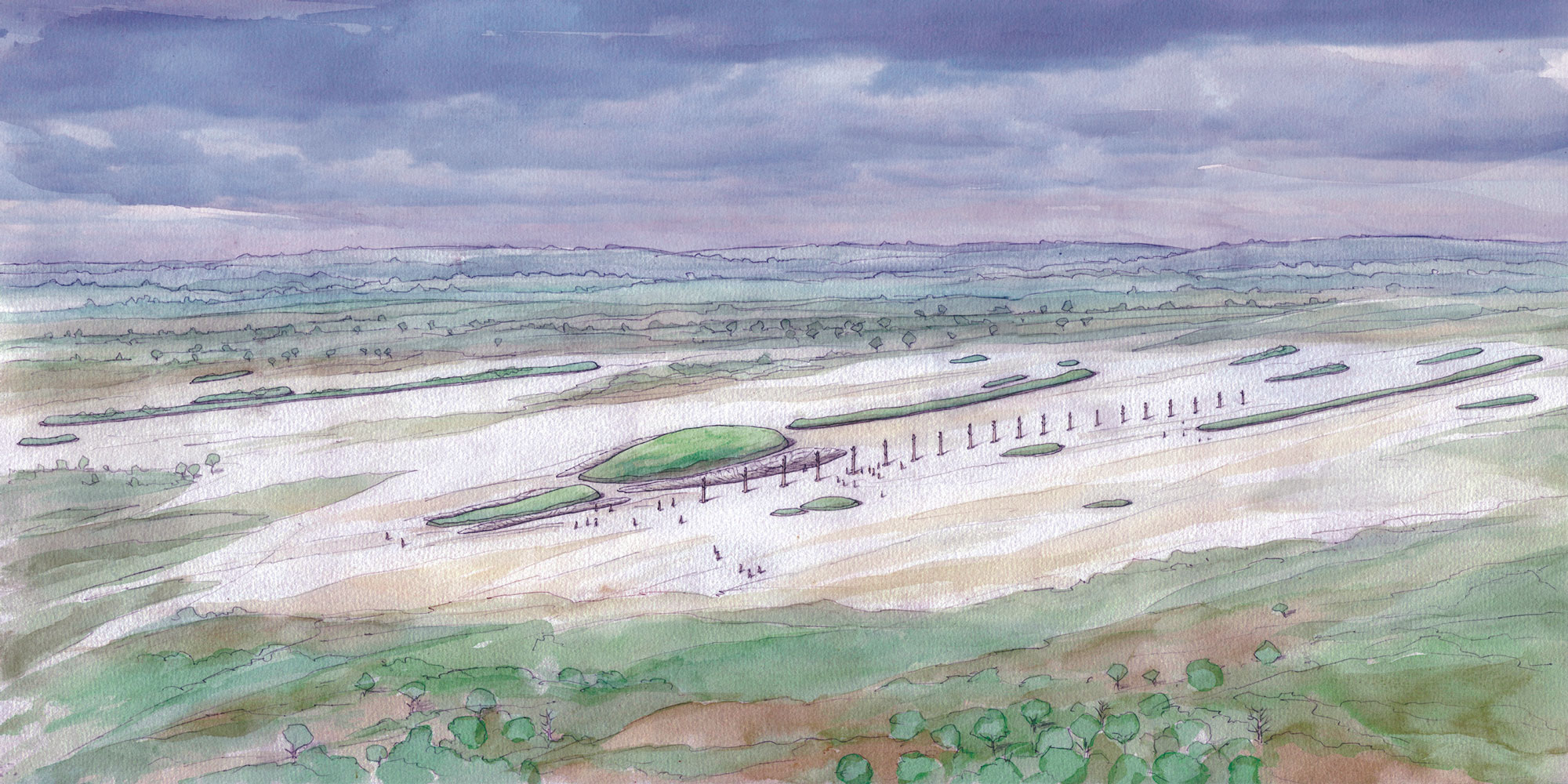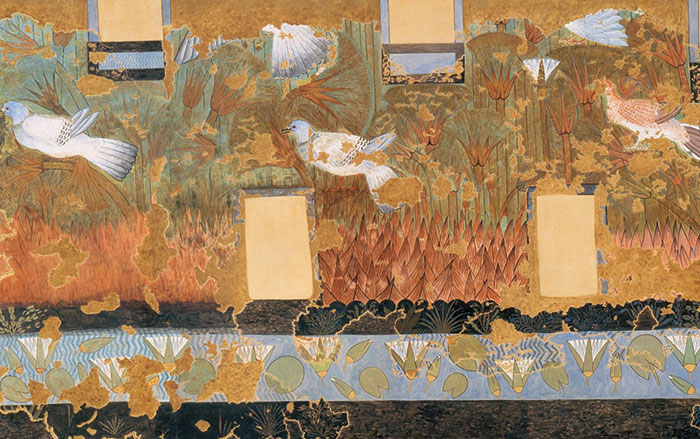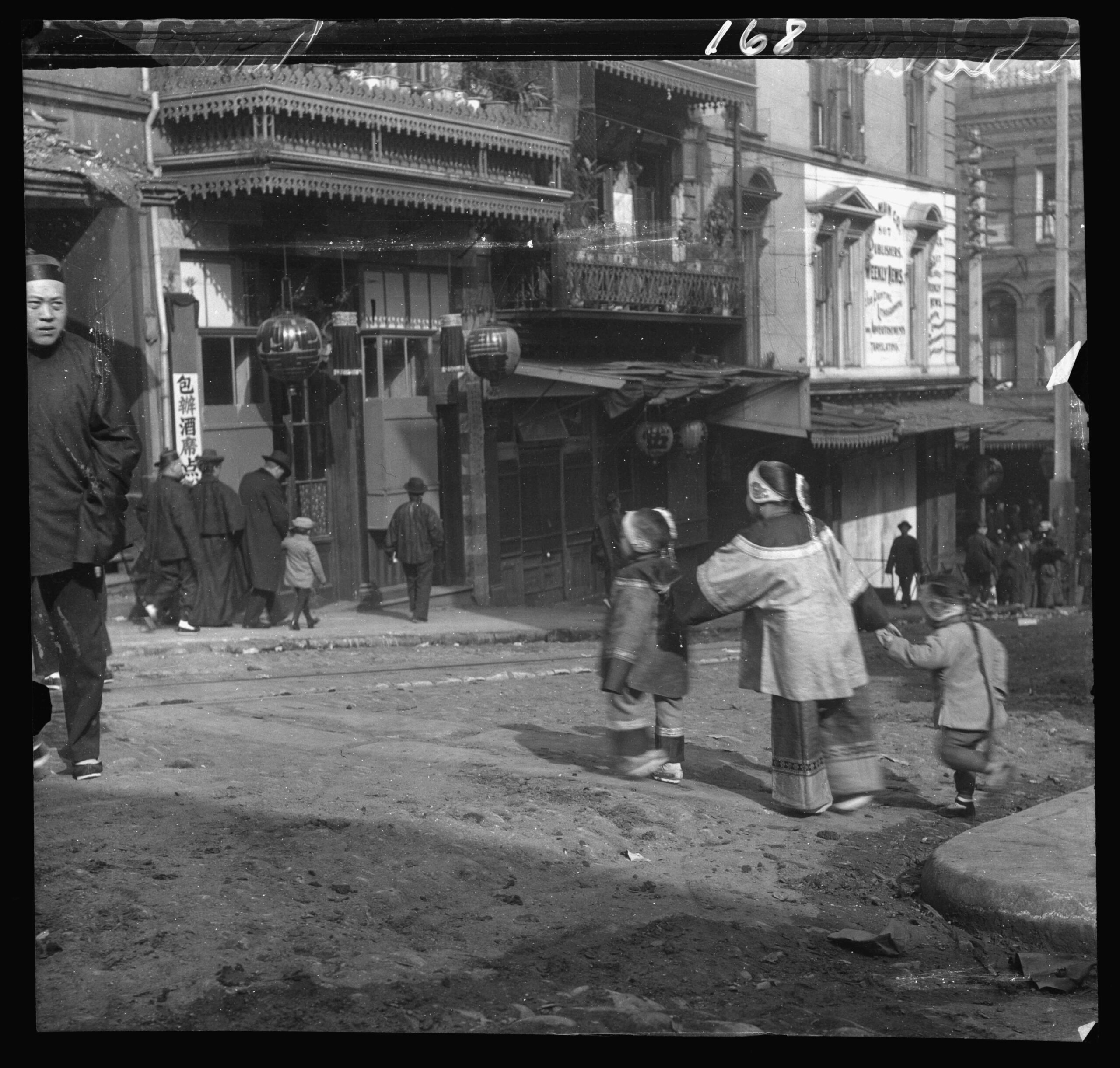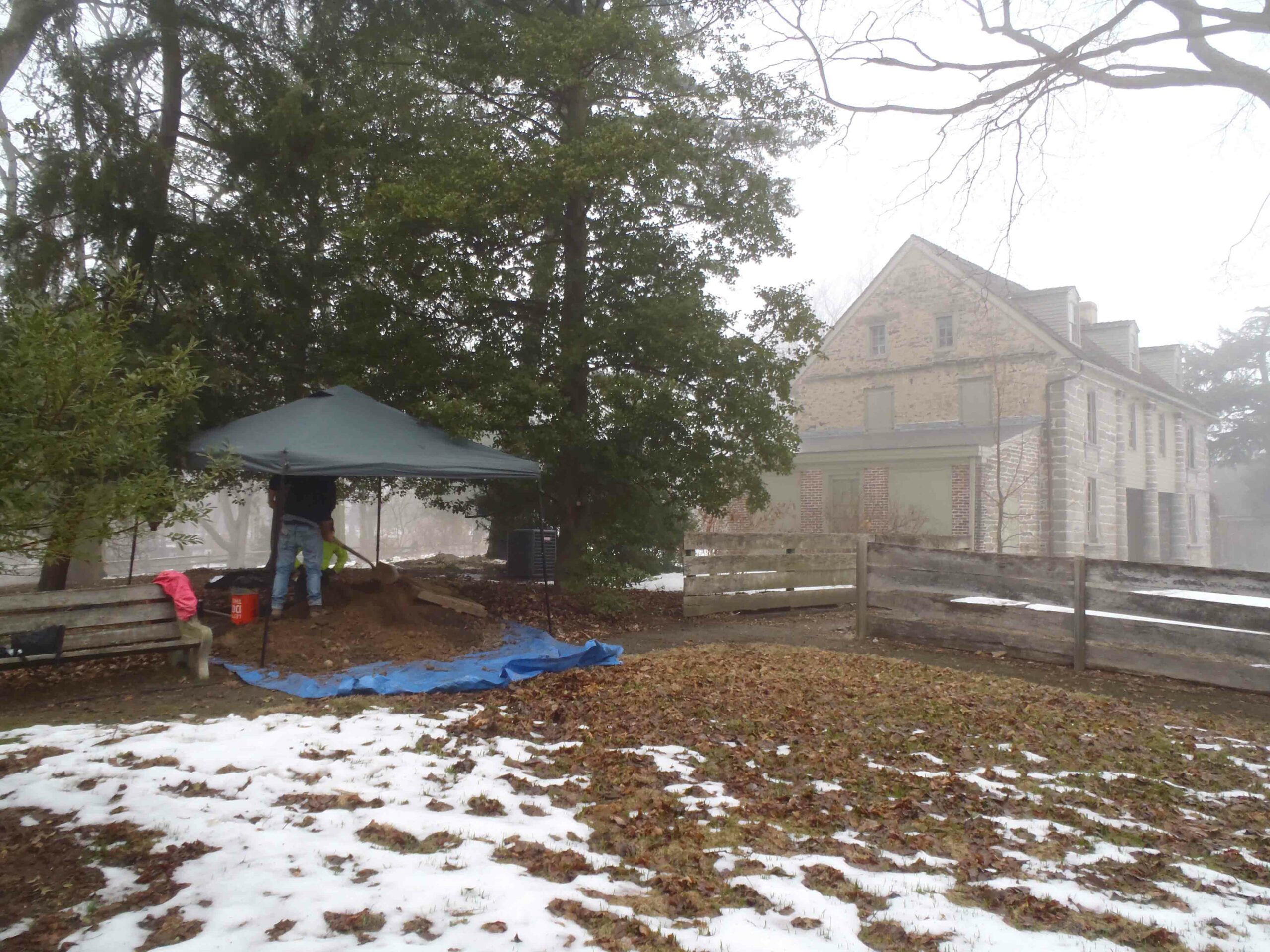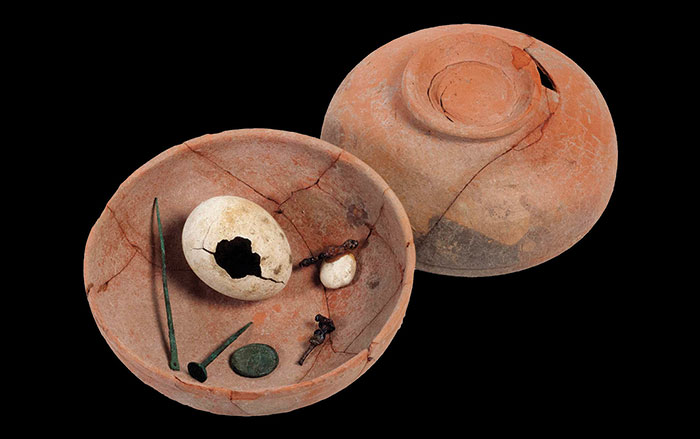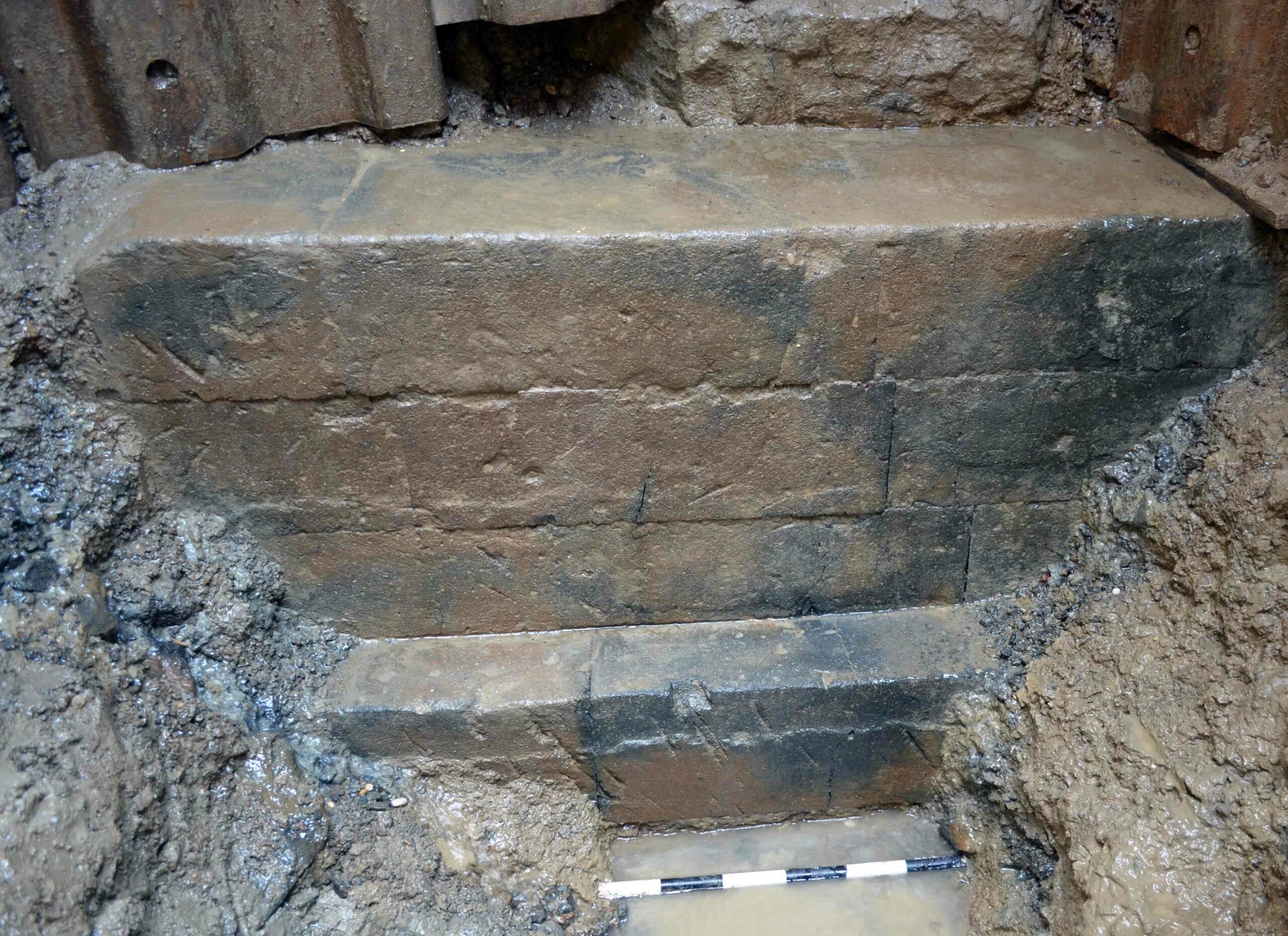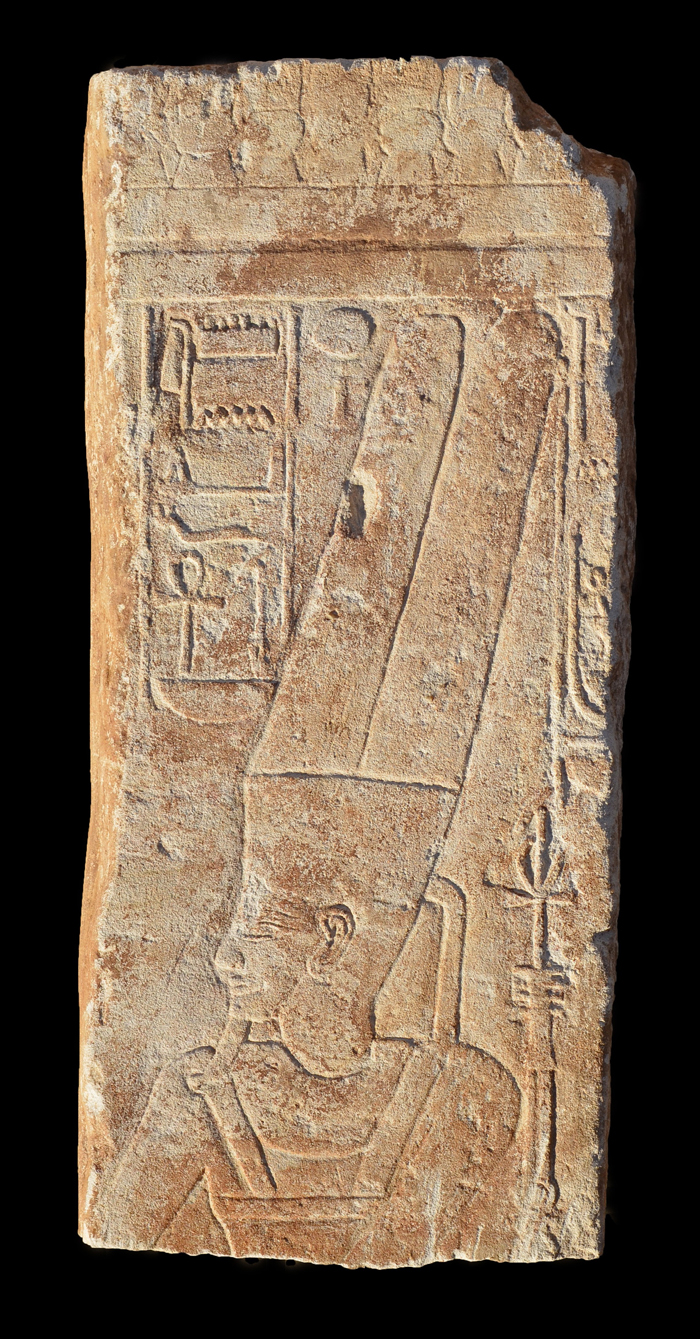
NEW YORK, NEW YORK—According to Live Science, archaeologists have found evidence of Pharaoh Akhenaten’s attempted religious revolution on a carved stone panel that had been reused as a bench at the site of Sedeinga, located in modern-day Sudan. The stone bears an image of Amun and his hieroglyph, and had been part of a temple at Sedeinga dedicated to Queen Tiye, Akhenaten’s mother. During his reign (1353-1336 B.C.), Akhenaten had the name and images of Amun obliterated throughout Egypt, while he promoted the worship of Aten, the sun disk. After Akhenaten’s death, however, the god Amun was restored to prominence. “The name of Amun as well as his face were first hammered out and later carved anew, proving that the persecution of this god extended to this remote province during the reign of Akhenaton and that his images were restored during the following reigns,” Vincent Francigny of the American Museum of Natural History, and Claude Rilly, director of the French archaeological mission in Sedeinga, wrote in Sudan and Nubia. For more on discoveries at Sedeinga, see ARCHAEOLOGY's "Minature Pyramids of Sudan."



